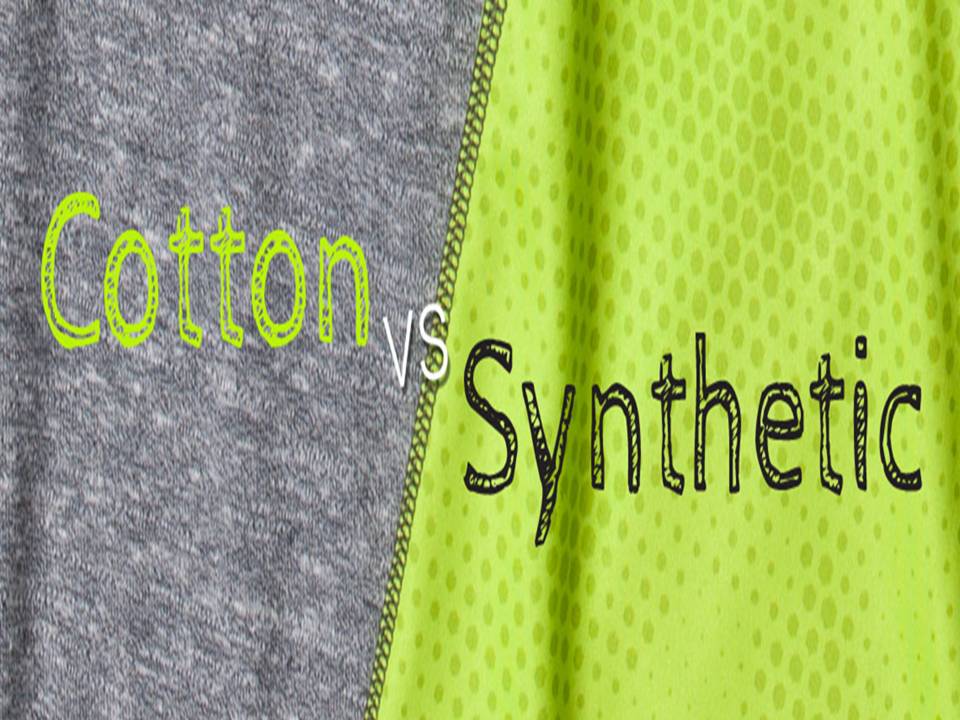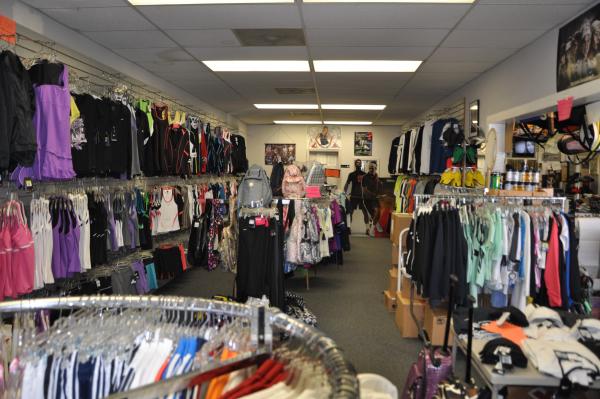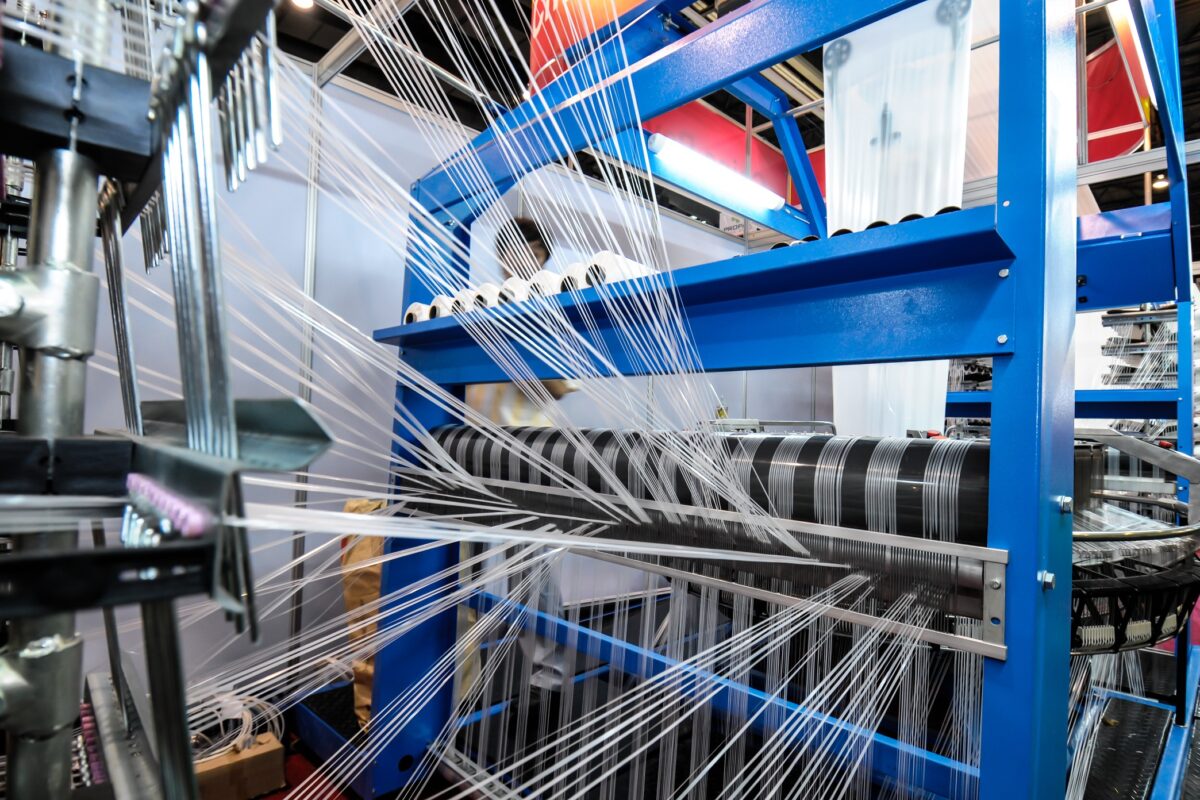 Cotton is no longer the king of fibres, for synthetic is surging ahead to grab the lead. As per the National Cotton Council, the shift toward synthetic fibers has accelerated. As per their report, cotton began to drift away during the financial crisis in 2008 when retailers were forced to cut costs without raising product prices. Manufacturers adopted synthetic blends that cost less compared to cotton.
Cotton is no longer the king of fibres, for synthetic is surging ahead to grab the lead. As per the National Cotton Council, the shift toward synthetic fibers has accelerated. As per their report, cotton began to drift away during the financial crisis in 2008 when retailers were forced to cut costs without raising product prices. Manufacturers adopted synthetic blends that cost less compared to cotton.
Move from cotton to synthetic
And when cotton prices soared in 2011, clothing manufactures continued using synthetic fibers over cotton. From 2007 to 2013, women’s and girl’s jeans and khakis sales rose 10 per cent to 1.4 billion units sold. The overall cotton content found in the clothing had declined by seven per cent. Industry experts say that in 2014, the US will have more clothing made from synthetic materials than cotton. For instance, the US Department of Agriculture estimates global consumption for cotton to be at 109.2 million bales, a 12 per cent drop from 124 million bales in 2006. Cotton prices have increased from 0.51 cents a pound in 2009 to 0.93 cents a pound in 2013.
The move towards synthetic is also evident with rising number of textile mills  reconfiguring their machinery to run synthetic fibers. The less expensive synthetic blends require less ironing, which also means less cost for consumers. Research report by Euromonitor International US confirms the shift, saying, synthetic clothing has grown by 14 per cent since 2007. Cotton clothing increased in the apparel market by only 2.7 per cent during the same period.
reconfiguring their machinery to run synthetic fibers. The less expensive synthetic blends require less ironing, which also means less cost for consumers. Research report by Euromonitor International US confirms the shift, saying, synthetic clothing has grown by 14 per cent since 2007. Cotton clothing increased in the apparel market by only 2.7 per cent during the same period.
Brands focus goes up on synthetic
Due to the constant rise in cotton fabric prices apparel makers and brands are increasingly weaving synthetic fibers into clothing that was once made up of 100 per cent cotton. The synthetic range is visible in high-end brands to mass-market retailers. For example, jeans from Los Angeles-based seller AG, which specializes in premium denim, are made from cotton, lyocell and polyurethane and cost $168. American Apparel sells a $22 dollar T-shirt that is a blend of polyester, cotton and rayon and a dress from H&M made from rayon and spandex costs $12.95.
This year, US imports of clothing made using synthetic materials are expected to witness a huge growth outpacing cotton apparel for the first time in more than two decades. As recently as 2008, 60 per cent of apparel imports, the vast majority of the US clothing market were made of cotton. But consumers as well as brand already seem to have made a shift.
For example, Under Armour became a $2.9 billion, a year business selling athletic gear made with synthetics including polyester, the oil-based fabric once associated with leisure suits and golf pants. Under Armour began as a supplier of moisture-wicking T-shirts to sports teams. Now, it sells a range of apparel, offering women's pants in fabrics that are a mix of nylon and spandex and fleece hoodies containing polyester. And at Lululemon, some tops and bottoms are manufactured using a technology that reduces stink during work out. Growth of synthetic fibers has been a recent phenomenon of last five years. As consumers got used to wearing polyester and spandex, basic apparel makers like Hanes Brands introduced blended man-made fibers into all-cotton products, such as underwear.
With high cotton prices negatively affecting the product prices, industry experts feel that it is less likely that retailers will return to the natural fiber. And since most of the consumers first look at the prices than the fabric used to create a particular product, synthetic seems to be a way forward.












